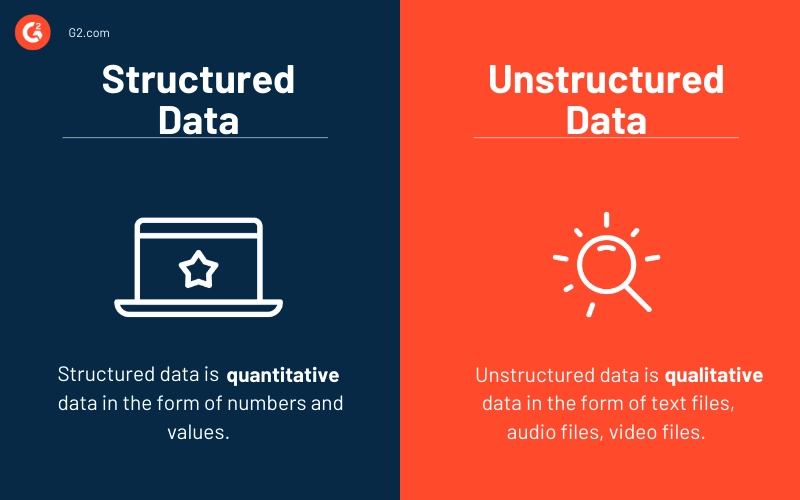Data collection is becoming a common practice for many businesses. Whether for implementing deep tech or conducting analytics, business leaders are continuously involved in gathering or using data to improve their operations.
As people realize the power of harnessing data, the regulations and practices surrounding its collection and use evolve. Considering this, business leaders must stay up to date on data collection and usage trends to maintain a consistent and proper flow of data throughout their business value chain.
See the top 5 data collection trends to keep your data-driven business growing and to keep you informed of the latest developments.
1. Development in AI/ML models
As businesses try to automate more business operations, AI/ML models become more sophisticated and capable. For instance, a deep learning model can figure out its own parameters and learn how to improve itself. However, this means that not only do these models require a significantly larger amount of data to learn from, but they also have a much longer learning curve.
For instance, Facebook’s facial recognition system was trained with 4 million labeled images from 4000 people. This was back in 2014. Current facial recognition models require even larger datasets. The increase in dataset size is a trend that will continue to be observed.
You can review our data-driven list of data collection and harvesting services to find the best option that suits your project.
2. Development in rules and regulations
Data, a double-edged sword, can both be a powerful asset and a harmful liability. To keep data usage and collection in check, regulatory measures are being enforced.
Many countries are regulating data usage and sharing, making the rules stricter and comprehensive. The developments in regulations related to data collection, sharing, and usage will continue to be another trend that will be observed. Therefore, local companies need to thoroughly go through country-specific rules and policies in which they operate regarding data collection and usage before initiating any practices.

3. Rise of unstructured data
Structured data
Structured data is normally stored in relational databases. It can be easily searched for by humans or software and can be placed into organized, designated fields. Examples include addresses, credit card numbers, or phone numbers.
Unstructured data
Unstructured data is the opposite of structured data. It does not fit into predefined data models. And it can’t be stored in a relational database. Due to the various formats, conventional software can not process and analyze this data.
In other words:

In the past, structured data was the king. However, that has changed, and unstructured data is now more commonly used. This is because unstructured data is much more diverse than structured data and can provide more in-depth insights into things. Thanks to new technologies such as AI, ML, and computer vision, unstructured data can now be analyzed and utilized in various ways to benefit a business.
Studies show that the volume of unstructured data was 33 zettabytes in 2019 and is projected to grow to 175 zettabytes (175 billion terabytes) by 2025. With the surge in the adoption of AI/ML-based solutions, the use of software to organize unstructured data also rises, as companies continue to gather increasing amounts of unstructured data.
4. Data stored in different tiers
Since the volume of data being generated and used continues to increase, business leaders are refocusing their efforts on data management strategies, including data storage and protection technology. Another trending practice for better data management is data tiering. Organizations with strong digital maturity are tiering their data based on:
- Data volume: How much they have, and the growth rate.
- Data variety: The type of data they have, data storage details, and the accessibility of the data.
- Data velocity: The speed at which data is generated.
- Data priority: The impact of the data on the business operations.
Based on these considerations, data is stored in different tiers.
5. Data diversity
Bias in AI is becoming an increasing concern among businesses. For instance, studies show that AI-enabled facial recognition systems yield more erroneous results for individuals of darker skin color, including women, men, and children, compared to those with lighter skin color.
This bias can be reduced through reevaluating the training of AI/ML models and diversifying training datasets. Diversifying the data collected for training AI/ML models is another trend that is being observed. For instance, IBM and Microsoft are taking steps to optimize their facial recognition system toward racial and gender neutrality.

Comments
Your email address will not be published. All fields are required.